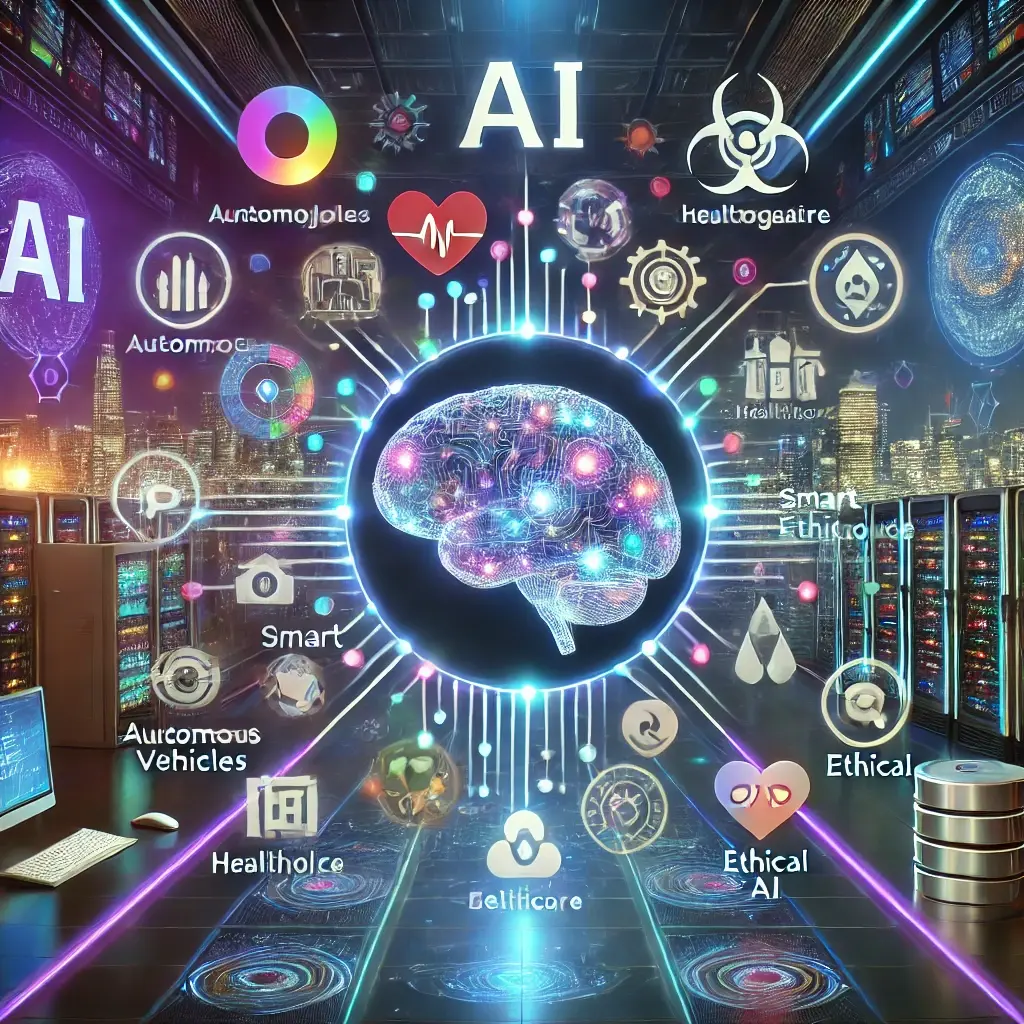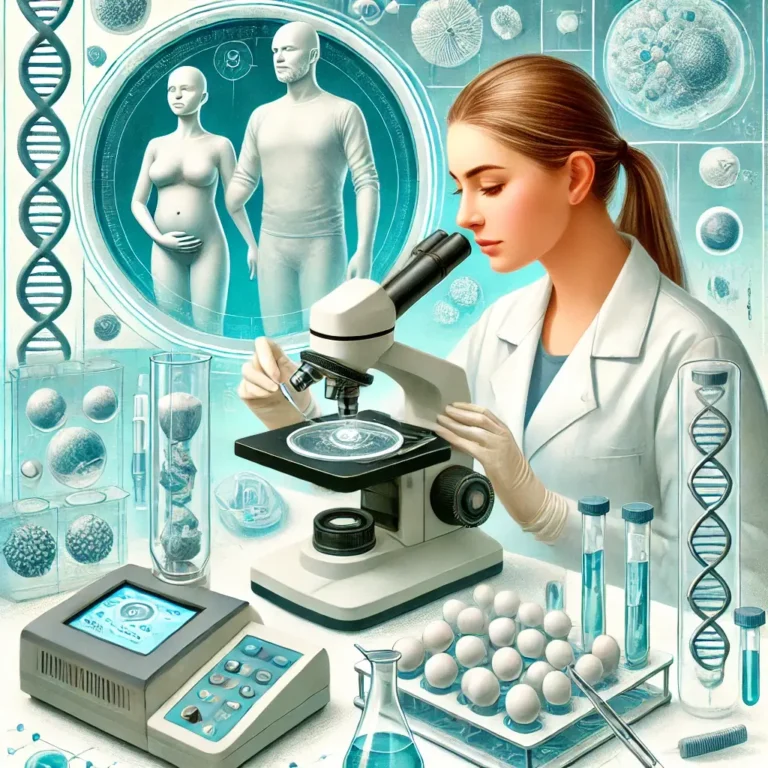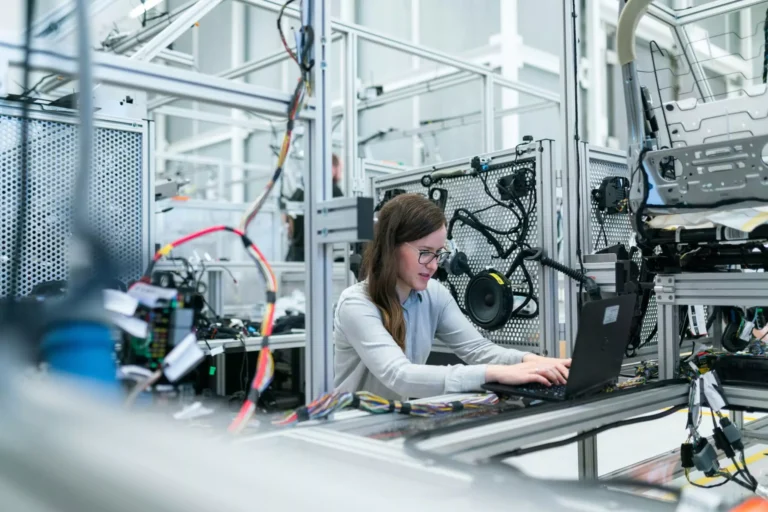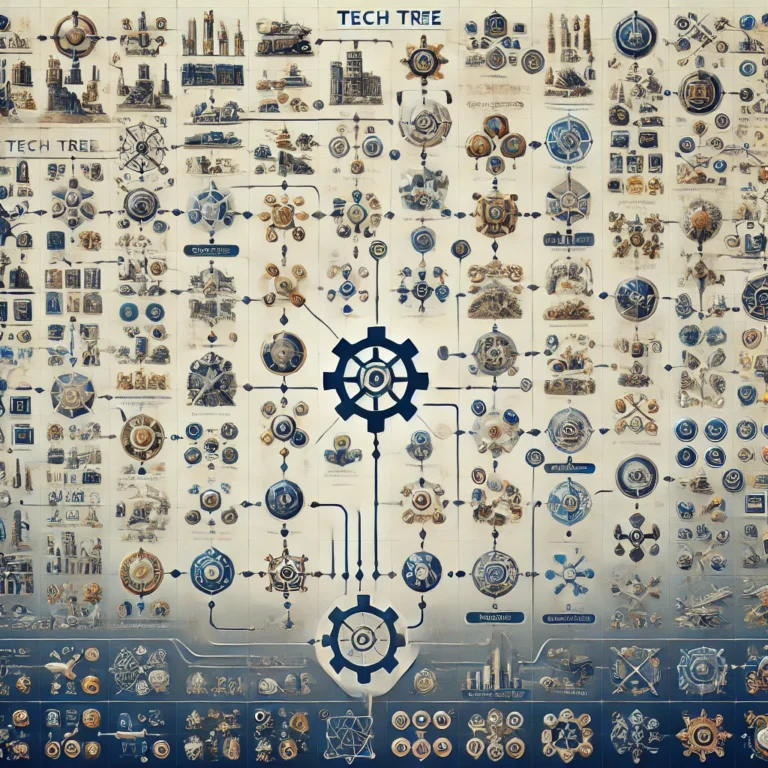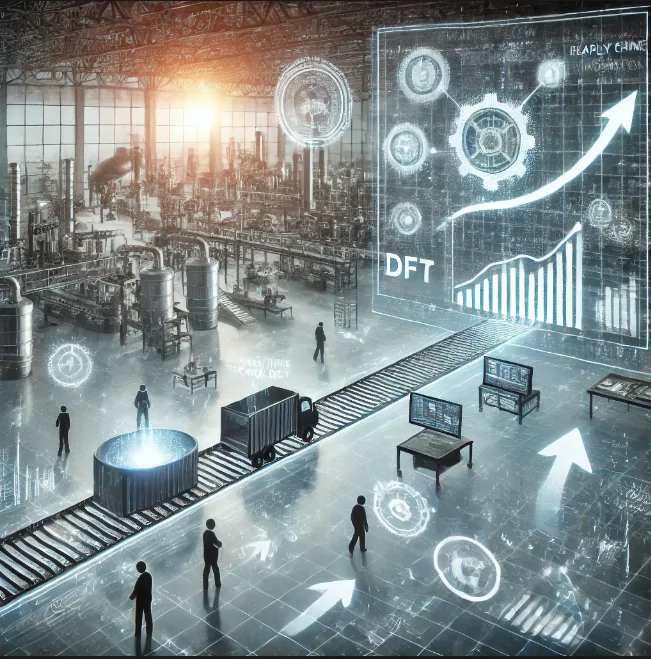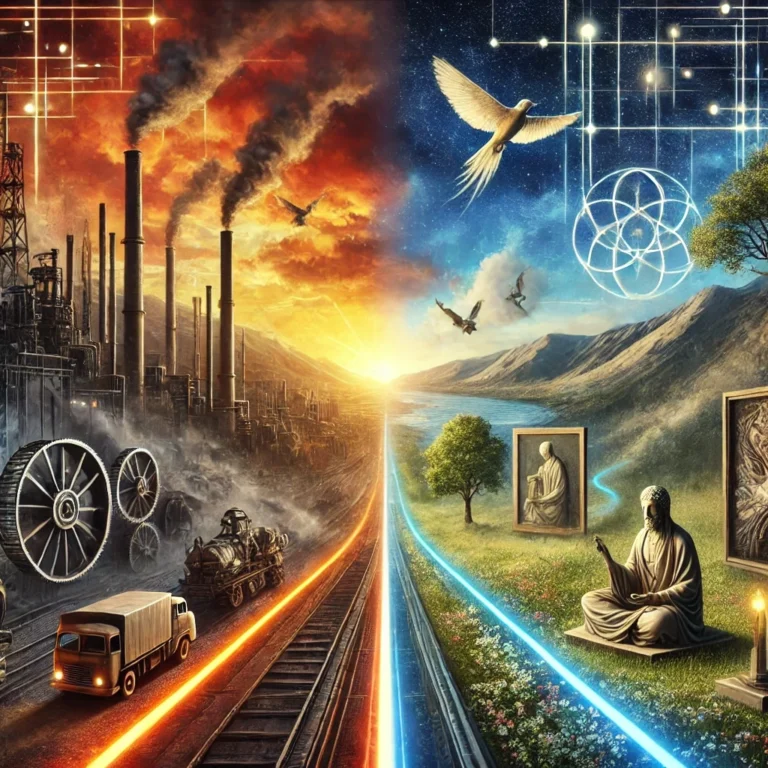AI Trends: Shaping the Future of Technology and Society
Introduction
AI trends artificial intelligence has become a cornerstone of technological innovation, revolutionizing industries and influencing everyday life. From autonomous vehicles and smart assistants to cutting-edge medical diagnostics and creative generative models, AI’s rapid advancement is shaping the future in profound ways. Staying abreast of emerging AI trends is essential for businesses, professionals, and technology enthusiasts to understand its transformative potential and prepare for the opportunities and challenges it presents.
This article explores the most significant trends in AI today, their implications, and how they are shaping a smarter, more connected future.
1. Generative AI Trends: From Text to Creativity
Generative AI, which uses algorithms to produce new content such as text, images, music, and even code, has gained immense traction. Tools like OpenAI’s ChatGPT, DALL·E, and Google DeepDream showcase how AI can create human-like outputs in seconds.
Applications:
- Content Creation: Writing articles, generating visuals, or composing music.
- Marketing and Advertising: Creating personalized ad campaigns or customer interactions.
- Healthcare: Designing new drug molecules or simulating biological processes.
Generative AI not only enhances productivity but also democratizes creativity, enabling individuals and organizations to push the boundaries of innovation.
2. AI trends and Edge Computing: Real-Time Intelligence
As devices become smarter, the need for real-time AI capabilities has grown. Edge AI refers to deploying AI models directly on devices such as smartphones, IoT sensors, or drones, rather than relying solely on cloud-based systems.
Benefits:
- Reduced latency for faster decision-making.
- Enhanced privacy by processing data locally.
- Energy efficiency by reducing data transmission.
Edge AI is pivotal in applications like autonomous vehicles, smart cities, and industrial automation, where instant decisions are critical.
3. Ethical AI trends and Governance
With the growing adoption of AI comes the responsibility to address ethical challenges. Issues like bias in algorithms, data privacy concerns, and transparency have driven the development of frameworks for ethical AI.
Key Developments:
- Explainable AI (XAI): Models that provide transparent reasoning for their decisions.
- Regulations: Governments worldwide are enacting AI-specific laws, such as the EU’s AI Act.
- Ethical Auditing: Organizations are adopting tools to assess the fairness and bias of their AI systems.
Ensuring trust and accountability in AI will be fundamental to its widespread adoption.
4. AI trends in Healthcare: Precision and Personalization
The healthcare industry continues to leverage AI to improve patient outcomes and streamline operations. AI is instrumental in diagnostics, personalized treatment, and drug discovery.
Examples:
- Diagnostics: AI algorithms can detect diseases like cancer or diabetic retinopathy with high accuracy.
- Telemedicine: AI-powered chatbots and virtual assistants enhance remote healthcare services.
- Genomics: AI accelerates the analysis of genetic data, enabling tailored therapies.
AI’s integration into healthcare not only saves lives but also makes care more accessible and efficient.
5. Natural Language Processing (NLP): Conversational AI
Advancements in NLP have brought AI systems closer to understanding and generating human-like language. This technology powers applications like virtual assistants, chatbots, and language translation services.
Recent Innovations:
- Large Language Models (LLMs): GPT-4, Bard, and others are setting new benchmarks in NLP.
- Multimodal AI: Systems that combine text, images, and audio for richer interactions.
- Contextual Understanding: AI now recognizes nuances like sentiment and tone, making conversations more natural.
The evolution of NLP is reshaping industries from customer service to education, where human-like interactions enhance user experiences.
6. AI in Cybersecurity: Proactive Defense
As cyber threats grow in complexity, AI is becoming a critical ally in defending against attacks. AI-driven cybersecurity systems can predict, detect, and neutralize threats faster than traditional methods.
How AI Enhances Security:
- Threat Detection: Identifying patterns of malicious activities in real time.
- Fraud Prevention: Flagging anomalies in transactions.
- Incident Response: Automating responses to minimize damage.
The ability to stay ahead of cybercriminals is increasingly dependent on AI’s adaptability and learning capabilities.
7. Autonomous Systems: From Vehicles to Robots
Autonomous systems are transforming transportation, manufacturing, and service industries. AI enables machines to operate independently, performing tasks traditionally requiring human intervention.
Innovations:
- Autonomous Vehicles: AI powers navigation, obstacle detection, and driving decisions.
- Industrial Robots: Automation in factories improves efficiency and safety.
- Service Robots: AI-driven bots assist in hospitality, healthcare, and retail.
As autonomous systems mature, they promise to redefine productivity and convenience across sectors.
8. AI-Driven Personalization
Personalization has become a cornerstone of customer experiences, and AI plays a key role in tailoring interactions. By analyzing user behavior and preferences, AI delivers recommendations that resonate on an individual level.
Applications:
- E-Commerce: Suggesting products based on browsing history.
- Streaming Services: Recommending shows or movies tailored to user preferences.
- Education: Customizing learning paths for students.
AI-driven personalization enhances customer satisfaction and loyalty, driving business success.
9. AI and Climate Change: Sustainable Solutions
AI is increasingly being deployed to combat climate change and promote sustainability. Its ability to process massive datasets helps identify patterns and optimize solutions.
Key Contributions:
- Energy Management: AI optimizes energy consumption in smart grids and buildings.
- Environmental Monitoring: Predicting natural disasters and tracking deforestation.
- Agriculture: AI-powered precision farming improves crop yields while reducing waste.
By enabling smarter resource management, AI can significantly contribute to a greener future.
10. Democratization of AI: Accessibility for All
The democratization of AI involves making advanced AI technologies accessible to a broader audience. Open-source frameworks, user-friendly platforms, and affordable tools are driving this trend.
Examples:
- Platforms like TensorFlow and PyTorch empower developers to create AI models.
- Low-code/no-code tools enable non-experts to deploy AI solutions.
- AI education initiatives make learning opportunities available globally.
This trend ensures that the benefits of AI are not limited to large organizations but are available to startups, individuals, and communities worldwide.
11. The Rise of Multimodal AI trends
Multimodal AI integrates multiple data types, such as text, images, and videos, to provide richer insights and capabilities. By combining various data streams, multimodal AI creates systems capable of complex reasoning and understanding.
Use Cases:
- Healthcare: Analyzing X-rays alongside patient records for more accurate diagnoses.
- Education: Delivering interactive learning experiences.
- Content Creation: Combining text and images for creative outputs.
Multimodal AI is poised to redefine how systems process and interpret information.
12. AI trends and Workforce Transformation
AI’s impact on the workforce is profound, automating repetitive tasks and augmenting human capabilities. While this creates efficiencies, it also necessitates reskilling and upskilling.
Transformations:
- Task Automation: Automating routine administrative or manufacturing tasks.
- Human-AI Collaboration: Enhancing decision-making with AI-powered insights.
- Skill Development: The growing demand for data literacy and AI expertise.
AI is not replacing jobs wholesale; rather, it’s creating new opportunities for those prepared to adapt.
Conclusion
The evolution of AI continues to accelerate, bringing with it transformative opportunities and challenges. From creativity and healthcare to cybersecurity and climate action, the latest AI trends demonstrate its potential to redefine industries and improve lives. However, this rapid progress also underscores the need for ethical considerations, robust governance, and a commitment to inclusivity.
By staying informed and embracing innovation, businesses and individuals can harness AI’s power to drive positive change and remain competitive in an AI-driven world.
